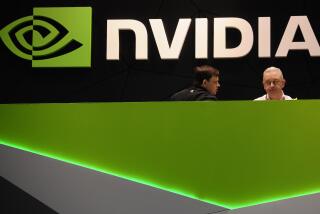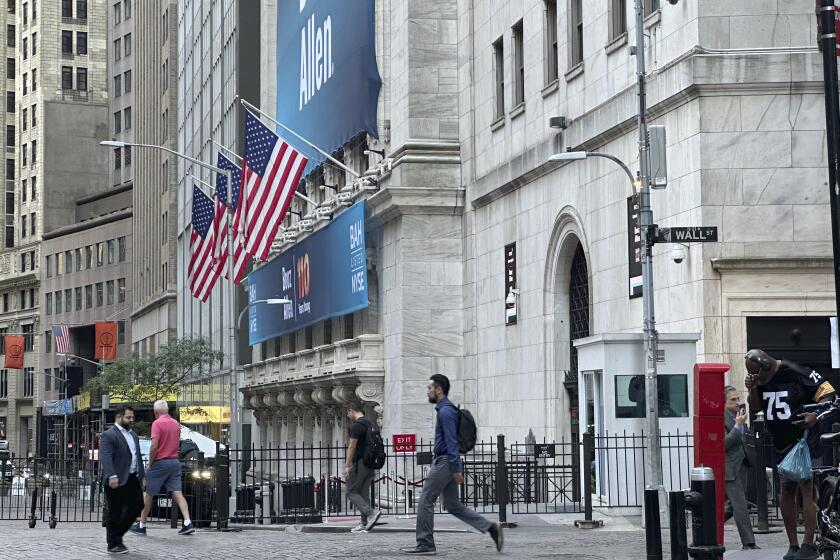Western Digital Corp.
- Share via
Industry watchers wondered aloud just four years ago whether hard disk drive maker Western Digital Corp. could survive. Its debts were overpowering, its management in disarray and its stock price in the toilet.
But Western Digital now stands as an example of all that can go right with a business. Its turnaround is reflected in its spot as the highest-ranking Southern California firm in The Times 100.
Western Digital also reentered the Forbes 500--at No. 466--and was ranked in the Forbes study as the top firm in the nation in terms of increase in shareholder value.
The Irvine-based firm’s stock price rose 212% in the last year and now trades at about $70 on the New York Stock Exchange. Its sales were up 49% to $3.9 billion in 1996. It is making more money than ever and may expand its core business of disk drives--the storage part of a computer--into new and profitable lines.
Meanwhile, it is gaining market share in the drive business at an impressive clip.
The story, analysts say, is one of a determined effort to refocus the company--aided by some begrudgingly understanding bankers and an industrywide consolidation.
In what now is seen as an ill-advised effort to expand out of the highly competitive disk drive industry, Western Digital added several expensive business lines, including a semiconductor design and manufacturing operation, which ate up cash and provided little return.
By 1991, with losses mounting, Western Digital was on the verge of bankruptcy. It took 18 months of negotiating to win revised lending agreements with its banks. Afterward, the firm turned to longtime IBM executive Charles Haggarty to pull it back from the brink.
Haggarty was hired as president in 1992 and was named chairman in 1993. He quickly sold the chip-making unit and two other subsidiary electronics units and stripped Western Digital back to its core business of making disk drives.
Refusing to compete solely as a price cutter, he instituted a policy of stressing customer service and high-quality products.
Business began picking up, and though Western Digital hit a rough spot in 1994 and again had to renegotiate its credit lines, the company survived a price war that decimated the industry.
Today it is one of just 11 disk drive makers in the world. The three biggest--Seagate Technologies Inc., Western Digital and Quantum Corp.--together control 76% of the market.
“It used to be more of a price-point market,” Haggarty said. “But now the amount of business we do is determined by how the computer manufacturers rank us in terms of quality, delivery speed and long-term reliability as well as cost. If you’re ranked No. 1 with a manufacturer, you might get 60% of its disk drive business. If you are No. 3, you might not get any.”
Western Digital has blossomed “because it executes very well,” said Glenn Hanus, an industry analyst with the Needham & Co. brokerage in New York.
“They have excellent operations, run a tight ship and are the leader in the time it takes to bring a new product into high-volume production, which is critical in an industry where the life cycle of a product is just six to 12 months,” Hanus said.
Those qualities, he said, are expected to carry the company into quick profitability in its newest endeavors: designing and making disk drives for the high-end computer and network-server market and for the “mobile” or laptop and notebook computer market.
Haggarty said the company, which helps keep costs down by buying about 60% of its components from outside vendors rather than making everything in-house, just started delivering its high-end and server drives in volume and already recorded a profit from the business in its just-completed first quarter.





